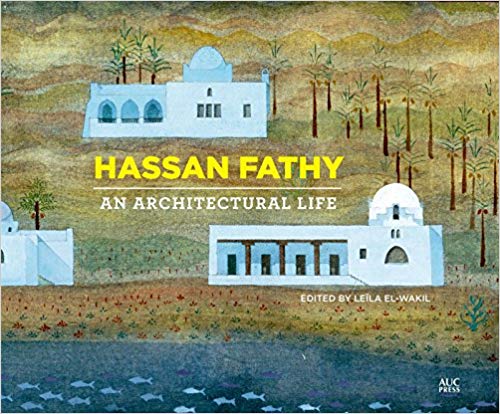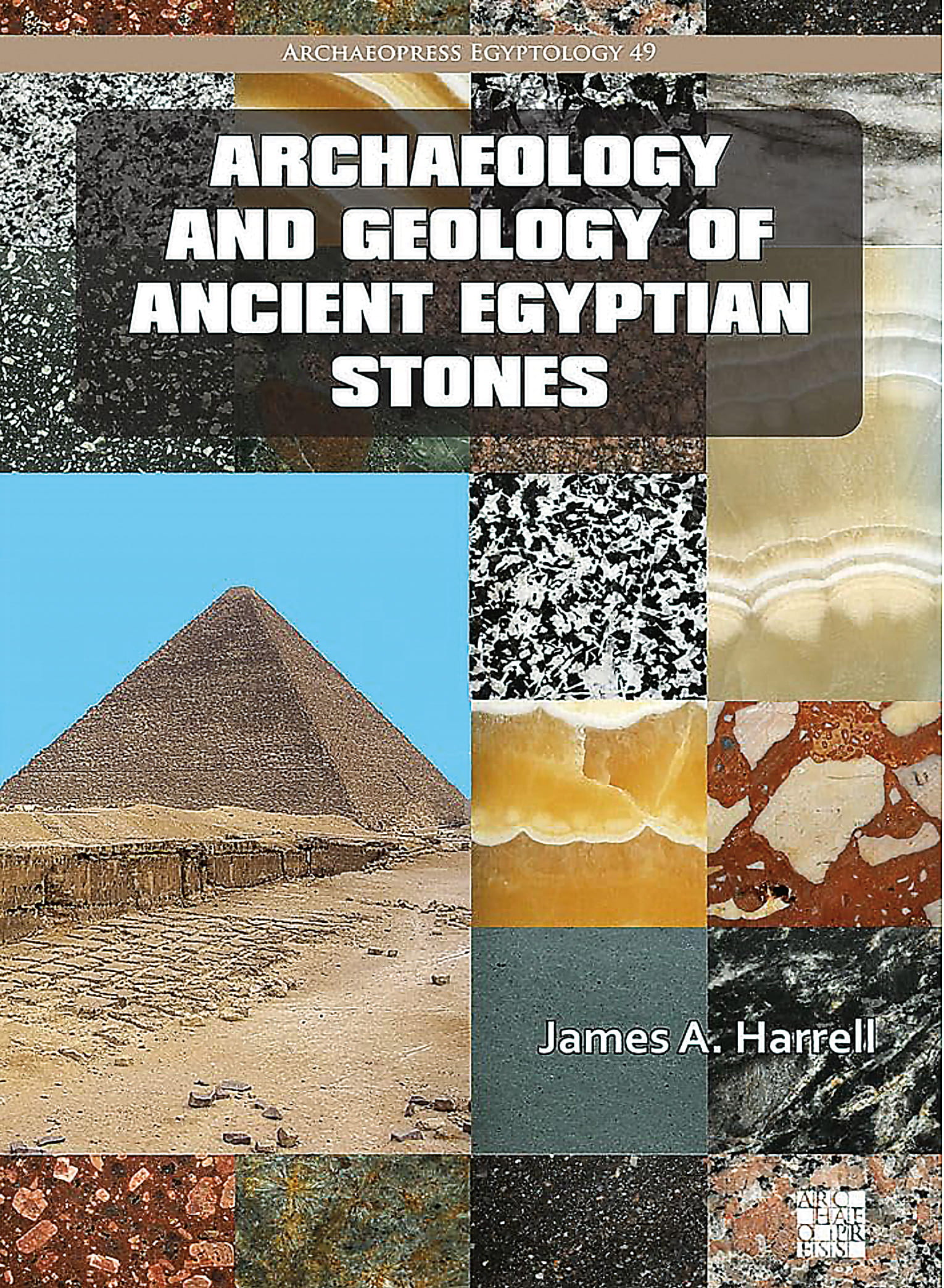
Hassan Fathy: An Architectural Life
Tom Verde
Leila El-Wakil, ed.
2018, AUC Press, 9-789-77416-789-8, $95 hb.
Esteemed Egyptian architect Hassan Fathy (1900–1989) regarded himself “as not simply a builder but a ‘scientist’”—a spiritual successor to ancient Egypt’s most-renowned architects, such as Imhotep and Amenhotep, who, in his words, “had a profound understanding of the widest implications … of architecture.” These ranged, in his estimation, from the practical (astronomy, mathematics) to the ethereal (philosophy). Despite these lofty job qualifications, the project for which Fathy is most fondly and reverently remembered is his plan for the village of New Gourna (1945–48), an affordable housing development partially built on the west bank of the Nile in Luxor. Using local materials, traditional building practices and energy-conservation techniques, Fathy envisioned what he termed “Architecture for the Poor,” also the title of his 1975 book on the project. This richly illustrated ode to Fathy’s life and career features essays by 11 Egyptian and international scholars.
You may also be interested in...

A Fresh Perspective on Senegal’s Photographic History
Author Giulia Paoletti’s Portrait and Place puts historical Senegalese photography in a fresh global context.
Archaeology and Geology of Ancient Egyptian Stones—Book Review
In categorizing the stones the ancient Egyptians used, author James A. Harrell unites geology, archeology and cultural history in one monumental reference.